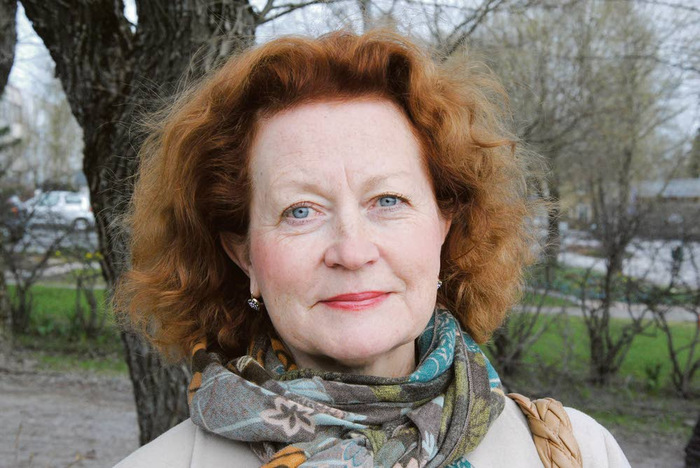Posted by U5b1e1 the Viking mother of Rus? on Fri, 25 May 2018 13:03 | #
New Reddit Journal of Science
Vikings might have started raiding because there was a shortage of single women (ehbonline.org)
submitted 1 year ago by Wagamaga
So… polygyny, hoarding of women by a few powerful males, was very possibly the impetus for risky Viking expansion.
This brings to mind the idea that the debts of men in modern societies are relative to the operational sex ratio in their area: less females means greater risk-taking exemplified by riskier (i.e. worse) economic investments by single men.
[–]herbwMD | Clinical Neurosciences 10 points 1 year ago*
But really, the late Medieval warming was ongoing then too. It’s thought that for every degree the earth warms up, that agro can shift about 100 miles north from that warming. This would have likely applied to the Norsemen. Then cooling set in about 1300 AD or so, ending the Norse colonies in Greenland by cold.
https://en.wikipedia.org/wiki/Medieval_Warm_Period This was also associated with very warm weather and drought in the Central America & may have played a role in damaging, even ecologically stressing the large Mayan population there, as well.
https://en.wikipedia.org/wiki/Classic_Maya_collapse The warming could have created a population increase as well, in the north and the surplus population from surplus food would have had to move on. To which the polygamy of the nobles in the north, would have meant, also, fewer women for most men. So the Norsk sailed, after developing efficient ships, and raided, for women, sex, booty(grin) and land. Powerful, known stimuli for humans at any time.
They took north & eastern UK, founded Dublin, Island (Iceland in Eng.), settled colonies in Greenland, and took Normandy in NW France named for them. and Wm. of Normandy seized England ca. 1066, defeating Harald Hardrada at the well known Battle of Hastings.
At that time, too, came the Mongol invasions of Asia and Europe, India and the Middle East.
https://en.wikipedia.org/wiki/Genghis_Khan Many human activities are very likely climate driven. Many factors are involved as shown above. This could be another….
The article makes sense, and is part of what went on, clearly.
[–]knowyourbrain 1 point 1 year ago
Seems like kidnapping women is a primitive (in the evolutionary sense meaning older) function of war.
[–]codesnik 1 point 1 year ago
my girlfriend sequenced her mtDNA recently and she found that she belongs to U haplogroup, and she has some genetic “relatives” (only one difference in mtDNA) in Sweden and Norway (we’re Russian). I was a bit puzzled how the same haplogroup became common in populations with relatively different histories (slavs and scandinavians)
But vikings raided slavs for centuries! Looks like it’s not a drift of scandinavian genes to russia, it’s just a lot of wives and concubines were taken back to scandinavia from east.
[–]svarogteuse 1 point 1 year ago
What we consider the history of the Russian states starts with Vikings. Rurik and company who are recognized as the first rulers in the area were Vikings. So yes there was quite a bit of Scandinavian brought into the area.
[–]codesnik 1 point 1 year ago
Of course I know about Rurik, I just don’t consider amount of men who were brought with him considerable, though of course I don’t have any numbers. Also in that particular case I’m talking about mtDNA haplogroup (U5b1e1 specifically), so it should be a woman, not man, migrating from scandinavia to russia and giving a lot of offsprings, which is even less probable from common historic view.


